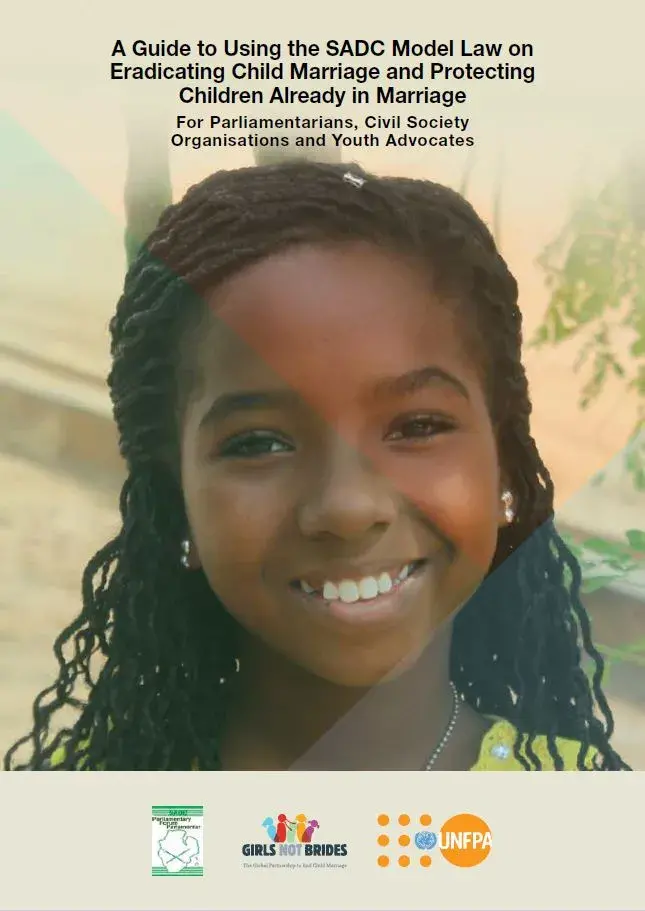Child marriage is rooted in gender inequality and in the low value accorded to girls, and is exacerbated by poverty, insecurity and conflict. It denies girls their rights and undermines numerous development priorities. Ending child marriage will require long-term, sustainable action across many different sectors. A robust legal and policy framework with commitment and financing for implementation to prevent child marriage and to support married girls should be the cornerstone of government efforts to address the practice.
The Southern African Development Community (SADC) Model Law on Eradicating Child Marriage, and Protecting Children Already in Marriage, adopted by the Plenary Assembly of the Southern
African Development Community Parliamentary Forum (SADC-PF) on the 3rd June 2016, constitutes a milestone in the efforts to end child marriage in Southern Africa.
The Model Law provides guidance to parliamentarians, Ministries of Justice, policymakers, and other stakeholders in SADC Member States as they develop effective national laws to end child marriage and address inconsistencies in their current legal frameworks.
The SADC Model Law will only fulfil its potential if it is understood and adequately used by those who work to provide an enabling legal and policy framework, those who develop and implement programmes to address child marriage, and those who work to hold the Government accountable. This Guide aims to support the domestication and implementation of the SADC Model law by providing an easy-to-use overview of the content of the Model Law with practical and concrete examples and recommendations on how interested parliamentarians, civil society organizations and young advocates can take action to promote the Model Law in their countries.



